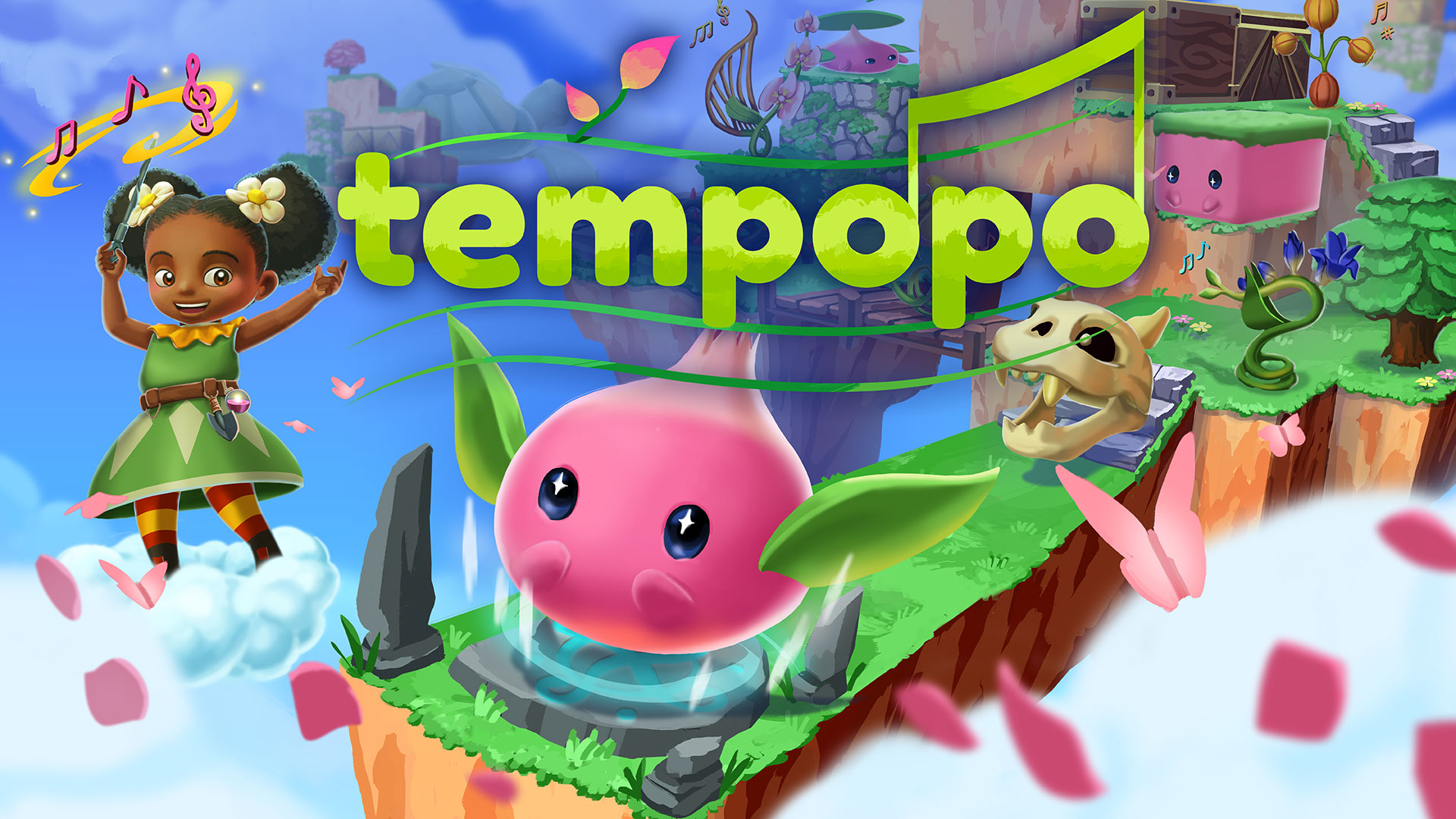What Platforms Should Your Business Actually Be On?
Your business should focus on platforms where your target audience actively engages rather than spreading resources across all available options.

Your business should focus on platforms where your target audience actively engages rather than spreading resources across all available options. Most businesses find success with a presence on Facebook (2.9 billion users) and Instagram (1.4 billion users) as primary platforms, complemented by LinkedIn for B2B companies or YouTube for brands with video content. Research shows companies maintaining 2-3 well-managed platforms outperform those with minimal presence on 5+ platforms, achieving 40% higher engagement rates and 35% better conversion metrics.
The optimal platform mix depends on your industry, target demographic, and content capabilities. Retail businesses see strongest results on visual platforms like Instagram and Pinterest, while professional services companies generate 61% more qualified leads through LinkedIn compared to other networks. Data reveals businesses allocating resources to platforms aligned with audience demographics experience 3.7x higher return on investment than those following general platform popularity trends.
Major Platform Characteristics and Business Benefits
Each social media platform offers unique advantages for different business types based on audience demographics, content formats, and engagement patterns.
|
Platform |
Monthly Active Users |
Primary Demographics |
Best For |
Typical Business Results |
|---|---|---|---|---|
|
|
2.9 billion |
Ages 25-54, broad demographic reach |
Local businesses, community building, customer service |
28% of users discover new brands through Facebook |
|
|
1.4 billion |
Ages 18-34, urban, higher income |
Visual products, lifestyle brands, influencer partnerships |
83% of users discover new products on Instagram |
|
|
875 million |
Professional adults 25-65, higher education, B2B |
Thought leadership, B2B marketing, recruiting |
97% of B2B marketers use LinkedIn for content distribution |
|
YouTube |
2.5 billion |
Broad demographic reach, especially 15-35 |
Tutorial content, product demonstrations, brand storytelling |
Businesses using YouTube see 49% faster revenue growth |
|
TikTok |
1.5 billion |
Gen Z and younger millennials (13-30) |
Trend participation, authentic brand personality |
67% of TikTok users say the platform inspires purchases |
|
|
450 million |
Urban professionals, news consumers, ages 25-49 |
Customer service, industry news, real-time updates |
53% of users are more likely to be first to buy new products |
|
|
450 million |
77% female, higher income brackets, ages 25-54 |
Home, fashion, beauty, food products |
89% of users use Pinterest for purchase inspiration |
Companies achieving highest social media ROI dedicate 68% of their social resources to their top two platforms rather than spreading efforts evenly. Business-to-consumer companies report Instagram delivers the highest engagement rates (4.7%) among major platforms, while B2B companies find LinkedIn generates 277% more leads than Facebook and Twitter.
Industry-Specific Platform Recommendations
Different industries see varying levels of success across platforms based on content type, purchase decision factors, and audience behavior patterns.
|
Industry |
Primary Platform |
Secondary Platform |
Tertiary Platform |
Platforms to Avoid |
|---|---|---|---|---|
|
Retail/E-commerce |
|
|
|
|
|
Professional Services |
|
|
|
TikTok |
|
Food & Beverage |
|
|
TikTok |
|
|
Health & Wellness |
|
YouTube |
|
|
|
Technology |
|
|
YouTube |
|
|
Real Estate |
|
|
YouTube |
|
|
Manufacturing |
|
|
YouTube |
|
|
Education |
|
|
YouTube |
TikTok |
|
Nonprofit |
|
|
|
TikTok |
|
Travel & Hospitality |
|
|
|
|
Research indicates that 72% of businesses achieve better results by prioritizing platforms based on industry-specific performance rather than general platform popularity. For example, real estate companies focusing on Facebook and Instagram report 43% higher inquiry rates than those prioritizing other platforms.
Bonus Tip: Create a simple "platform audit" spreadsheet tracking weekly engagement metrics across your active platforms. After 90 days, analyze which platforms deliver meaningful business results versus those consuming resources without proportional returns, then reallocate your efforts accordingly.
Content Types and Platform Alignment
Different platforms favor specific content types, making some better suited to your business capabilities and content strengths.
|
Content Type |
Best Platform |
Second Best |
Content Requirements |
Average Engagement Rate |
|---|---|---|---|---|
|
Short Video (under 60s) |
TikTok |
Instagram Reels |
Authentic, trend-aware, fast-paced |
5.7% |
|
Long Video (1-30 min) |
YouTube |
|
Educational, structured, higher production value |
3.2% |
|
Photography |
|
|
High-quality, aesthetically pleasing, consistent style |
4.3% |
|
Written Content |
|
|
Valuable insights, industry relevance, clear expertise |
2.1% |
|
Infographics |
|
|
Data visualization, valuable information, scannable |
2.8% |
|
Live Video |
|
|
Interactive, authentic, provides real-time value |
4.9% |
|
Audio Content |
|
|
Clear audio quality, concise messaging |
1.7% |
|
User-generated Content |
|
|
Authentic, community-building, relatable |
6.2% |
Businesses that align platform selection with their content creation strengths experience 47% higher engagement and 38% lower content production costs. Companies with limited video production capabilities often waste resources attempting TikTok strategies when their strengths might align better with LinkedIn's preference for written thought leadership.
Bonus Tip: Start by mastering content creation for a single platform before expanding to others. Repurpose successful content from your primary platform for secondary platforms by adapting format and length rather than creating entirely new content for each channel.
Resource Requirements for Effective Platform Management
Maintaining an effective presence on different platforms requires varying levels of resource commitment across time, content creation, and management tools.
|
Platform |
Weekly Time Investment |
Content Creation Requirements |
Posting Frequency |
Recommended Management Tools |
|---|---|---|---|---|
|
|
3-5 hours |
Text, images, occasional video |
3-5 times weekly |
Creator Studio, Hootsuite |
|
|
5-7 hours |
High-quality images, short video, stories |
4-7 times weekly |
Later, Creator Studio |
|
|
2-4 hours |
Text-focused content, professional insights |
2-3 times weekly |
LinkedIn Sales Navigator, Hootsuite |
|
YouTube |
8-15 hours |
Edited video content, thumbnails |
1-2 times weekly |
TubeBuddy, YouTube Studio |
|
TikTok |
6-10 hours |
Trendy, authentic short video |
5+ times weekly |
CapCut, TikTok Analytics |
|
|
4-6 hours |
Short-form text, images, commentary |
5-10 times weekly |
Tweetdeck, Hootsuite |
|
|
3-5 hours |
Vertical image format, board organization |
5-10 pins weekly |
Tailwind, Pinterest Business Hub |
Recent surveys reveal 64% of small businesses underestimate the time required for effective platform management by an average of 7.5 hours weekly. Companies with dedicated social media staff maintain 58% higher engagement rates compared to those managing platforms as a secondary responsibility.
Platform Selection Framework
The decision regarding which platforms deserve your business resources should follow a strategic framework based on audience alignment and business objectives.
|
Selection Factor |
Questions to Answer |
Measurement Method |
Weight in Decision |
|---|---|---|---|
|
Audience Presence |
Are your target customers active on this platform? |
Demographic research, competitor analysis |
30% |
|
Content Alignment |
Does your content creation capability match the platform? |
Content audit, resource assessment |
25% |
|
Business Objectives |
Does the platform support your primary goals? |
Goal mapping, platform capabilities |
20% |
|
Competitive Analysis |
How established is your competition on this platform? |
Competitor social audit, opportunity gap analysis |
15% |
|
Resource Reality |
Can you consistently maintain quality presence? |
Time/budget assessment, team capabilities |
10% |
Businesses using a structured selection framework report 52% higher satisfaction with their platform performance compared to those selecting platforms based on general popularity. Companies that reassess platform fit quarterly achieve 31% better results than those maintaining static platform strategies.
Things to Consider Before Making a Decision
Several key factors should guide your platform selection process beyond basic demographics and content types.
Platform algorithm changes impact visibility unpredictably. Platforms frequently adjust how content reaches audiences, meaning past performance doesn't guarantee future results. Businesses diversifying across platform types report 28% more stable traffic patterns.
Resource limitations constrain effective execution. Maintaining half-hearted presence across numerous platforms dilutes impact. Companies focusing resources on fewer platforms achieve 43% better engagement than those spreading equal effort across many.
Measurement capabilities vary by platform. Consider whether a platform provides the metrics you need to evaluate performance against business goals. Businesses using platforms with robust analytics tools report 37% higher ability to optimize content strategy.
Industry regulations may restrict content options. Regulated industries face different constraints across platforms. Companies in finance, healthcare, and legal services achieve best results on LinkedIn, where professional context supports compliance requirements.
Platform user intent affects conversion potential. Users on Pinterest actively seek purchase inspiration, while Twitter users often seek information. Aligning platform selection with buyer journey stage increases conversion rates by 29%.
Common Questions About Platform Selection
How many platforms should my business maintain?
Most businesses achieve optimal results maintaining 2-3 social platforms rather than attempting to be everywhere. Focus on quality over quantity, as 78% of consumers prefer businesses with excellent presence on fewer platforms versus mediocre presence everywhere. Start with the single platform most aligned with your primary audience and business objectives, then expand strategically as resources permit. Businesses with exceptional results on a single platform typically outperform those with average results across multiple platforms.
Should my business use emerging platforms like TikTok?
Emerging platforms present opportunities but require careful evaluation against your business resources and objectives. Early platform adoption can establish leadership before competition increases, with early TikTok business adopters reporting 2.7x higher engagement than later entrants. However, emerging platforms also carry higher risk of wasted resources if the platform doesn't align with your audience or content capabilities. Evaluate emerging platforms based on demographic alignment with your target audience rather than general popularity trends.
How do I know if a platform is working for my business?
Effective platform performance should deliver measurable progress toward specific business objectives beyond vanity metrics like follower counts. Establish clear key performance indicators (KPIs) tied to business goals: lead generation, website traffic, in-store visits, or sales. Track attribution from each platform to these objectives using UTM parameters, platform-specific tracking, and customer journey analysis. Platforms producing positive ROI after 3-6 months of consistent effort likely warrant continued investment.
Should B2B companies focus on different platforms than B2C?
B2B companies generally achieve strongest results from platforms supporting professional context and longer buying cycles. LinkedIn generates 277% more B2B leads than Facebook and Twitter, with 80% of B2B leads from social media coming from LinkedIn. However, platform selection should still consider specific audience behavior rather than broad B2B/B2C categorization. For example, B2B companies targeting creative professionals often find Instagram and Pinterest more effective than traditional B2B platforms.
How often should I reassess which platforms my business uses?
Platform strategies should undergo comprehensive review quarterly, with minor adjustments monthly based on performance data. Digital marketing landscapes change rapidly, with platform algorithms, audience behaviors, and competitive factors shifting regularly. Companies implementing quarterly platform audits report 43% higher social media ROI than those maintaining static approaches. Regular assessment prevents resource waste on declining platforms while enabling early adoption of emerging opportunities aligned with your business objectives.
Make the Right Decision
Platform selection ultimately comes down to aligning your specific audience, content capabilities, and business objectives rather than following general trends. The highest-performing businesses focus on platforms where they can maintain consistent quality presence rather than attempting to establish minimal presence everywhere.
Start by thoroughly understanding where your specific target audience spends meaningful time online, not just where they have accounts. Then honestly assess your content creation capabilities and resources before committing to platforms that might require unsustainable effort to maintain effectively.
Remember that platform strategies should evolve as your business grows, audience behaviors shift, and new opportunities emerge. The most successful digital strategies balance commitment to proven platforms with controlled experimentation on emerging channels that show genuine potential for your specific business context.
Contact: Plant Powered Marketing
Phone: 360-519-5100
Email: [email protected]
Reviewer:
James Anderson has 7 years of experience in digital marketing. James reviewed this article and shared practical advice to help small businesses enhance their online presence and attract more customers.
What's Your Reaction?
 Like
0
Like
0
 Dislike
0
Dislike
0
 Love
0
Love
0
 Funny
0
Funny
0
 Angry
0
Angry
0
 Sad
0
Sad
0
 Wow
0
Wow
0












































